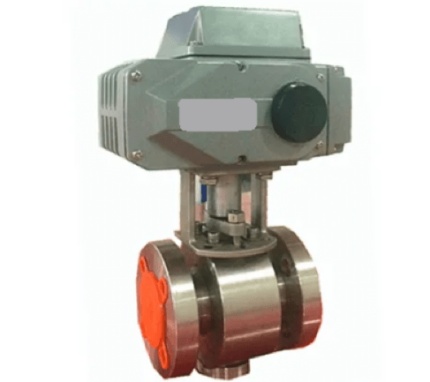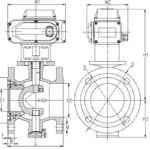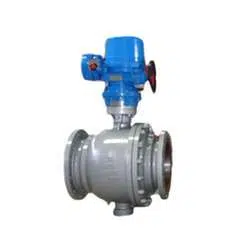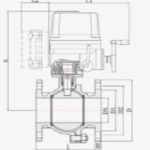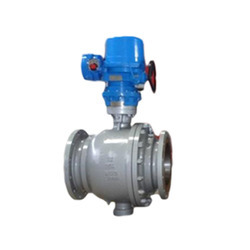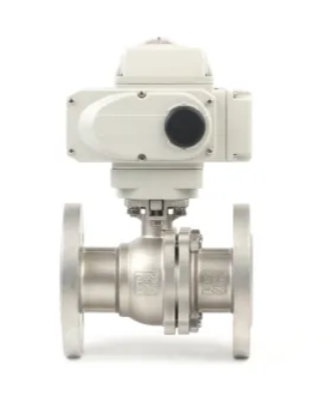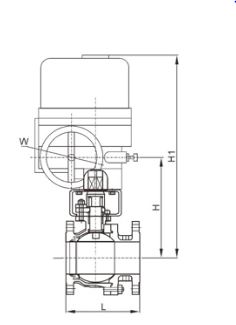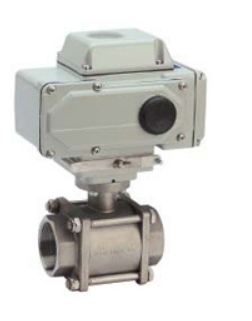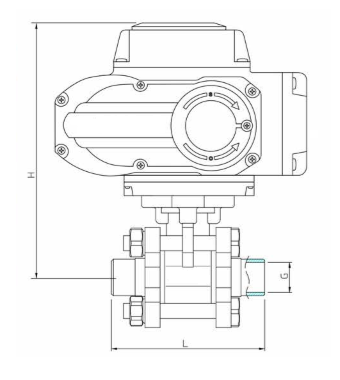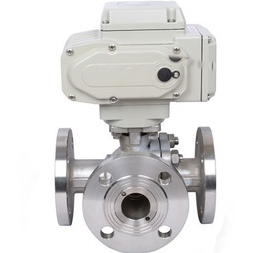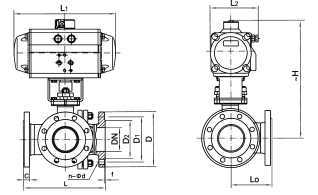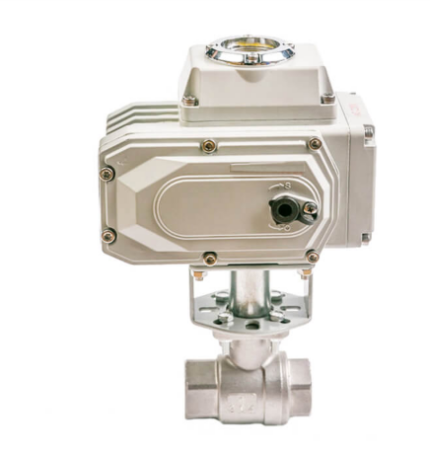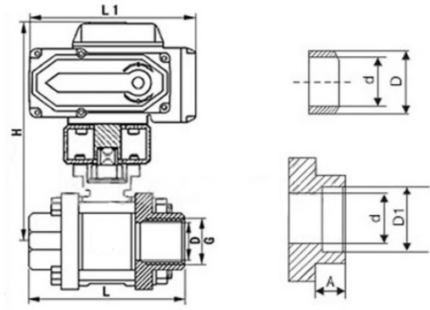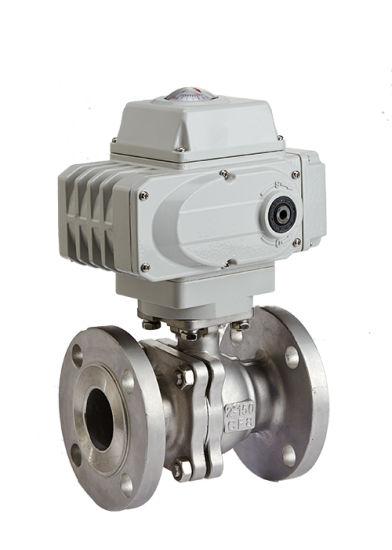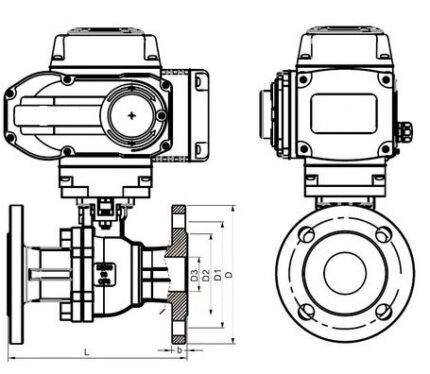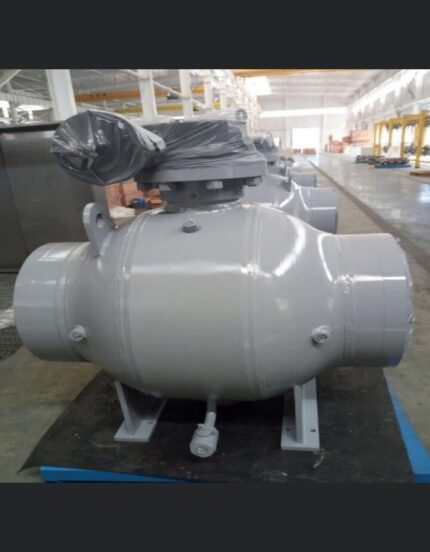- Control Valve
- Pneumatic Control Valve
- Pneumatic Angle Control Valve
- 3 Way pneumatic Diaphragm Control Valve
- 3 Way Converging and Diverging Control Valve
- Fluorine Lined Single Seat Control Valve
- Pneumatic Cage Control Valve
- Pneumatic Double Seat Control Valve
- Pneumatic Single Seat Globe Control Valve
- Pneumatic Flow Control Valve
- Pneumatic Sleeve Type Control Valve
- Pneumatic Actuated Globe Type Control Valve
- Electric Actuated Control Valve
- Pneumatic Control Valve
- Cryogenic Valve
- Pressure Reducing Valve
- Safety Valve
- Check Valve
- Gate Valve
- Butterfly Valve
- Globe Valve
- Ball Valve
- Electric Actuated Valve
- Electric Actuated Ball Valve
- Electric Actuated Butterfly Valve
- Electric Actuated Gate Valve
- Electric Actuated Globe Valve
- Pneumatic Actuated Valve
- Plunger Valve
- Strainers
- Steam Trap
- Knife Gate Valve
- Speciality Valve
- Alloy 20 Valve
- Duplex Valve
- Super Duplex Valve
- Hastelloy C276/B3 Valve
- Aluminium Bronze Valve
- Titanium Valve
- Bronze Valve
- Monel Valve
- Triple Duty Valve
- Suction Diffuser
- Diaphragm Valve
- Plug Valve
- Foot Valve
- Air Release Valve
- Surge Anticipator Valve
- Needle Valve
- Balancing Valve
Electric Actuated Ball Valve Supplier in Saudi Arabia: Automated Precision Flow Control
Middleeast valve is the leading Electric Actuated Ball Valve Supplier in Saudi Arabia. It is a type of valve that utilizes an electric actuator to open or close the valve, allowing for precise control of fluid flow within a piping system. This valve combines the reliability of a ball valve with the convenience of electric automation, making it suitable for various applications in industrial, commercial, and residential settings.
Key Components of Electric Actuated Ball Valve:
1)Ball Valve Body: Provides structural integrity
2)Ball (Bore): A ball with a bore controls fluid flow.
3)Seats and Seals: Ensure shut-off is leak-tight
4)Electric Actuator: Electrical energy is converted into rotary motion.
5)Stem and Coupling: Mount the valve on the actuator.
Working Mechanism:
1)The ball is shifted within the valve when the stem is turned by an electric motor.
2)The flow is allowed when the bore of the ball aligns with the pipeline.
3)The valve is completely closed when the ball is turned 90 degrees.
4)Automation technologies can be utilized to remotely operate this process.
Benefits of Using Electric Actuated Ball Valve:
1)High control and precision.
2)Reduced labour and human mistakes.
3)Energy-efficient operation.
4)Low maintenance and long lifespan.
Functions of Electric Actuated Ball Valve:
1)On/off control
2)Flow regulation
3)Timed or sensor-based operation
Industries:
1)Water & Wastewater
2)Oil & Gas
3)HVAC
4)Power Generation


